The cost of premiums reflect the probability that an insurance company will need to pay out a claim. It stands to reason then that the riskier the business, the higher the premium. Therefore any cost savings that you are going to make on your business insurance will come from showing insurance companies that you present less risk and a reduced probability that they will need pay out a claim. What follows is a number of suggestions to lower your business risk and reduce the cost of your business insurance premiums.
1. Install Risk Reducing Equipment.
- A burglar alarm
- A fire alarm
- Sprinklers
2. Prevent Injuries
One simple method of doing this is to ensure that regular maintenance work is carried out on your premises. Ensure your restaurant or cafe has eliminated tripping hazards like loose rugs and wires as well as cracked pavement if you have an outdoor dining area or car park. Another area to consider is lighting. Ensuring corridors, stairs and outdoor areas are well-lit to reduce the likelihood that you will need to make a claim.
3. Bundle Your Policies
4. Increase Your Excess
5. Analyse Your Policies
6. Update Your Policy Details
7. Seek The Advice Of An Insurance Broker
Many hospitality business owners go out and find insurance on their own thinking that will save them money. However they lack the expertise needed when shopping around for the most cost effective insurance option. This can lead to a restaurant or cafe with the wrong type of product for their needs. Insurance brokers are usually free so it makes sense to use their advice.
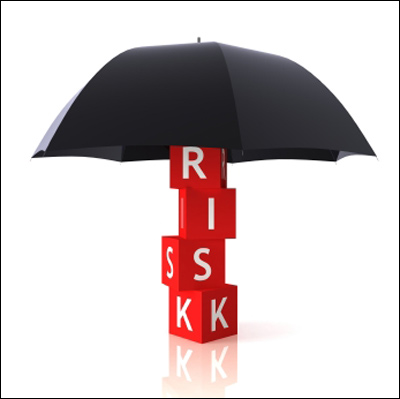


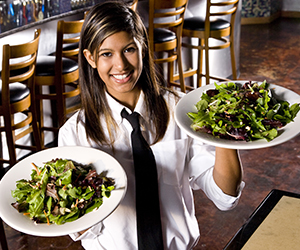

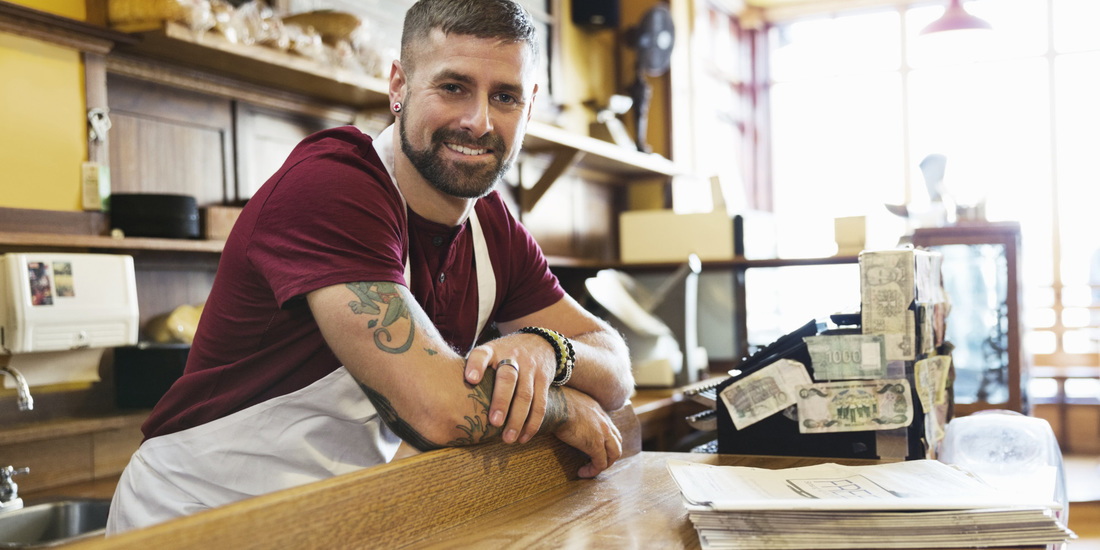
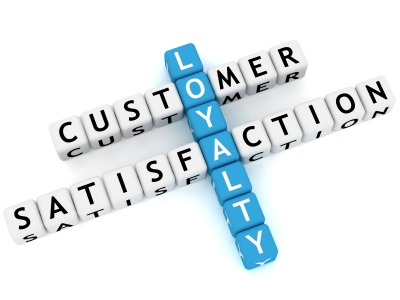
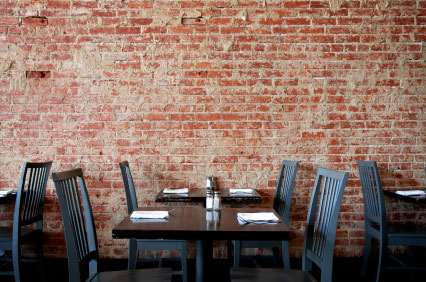


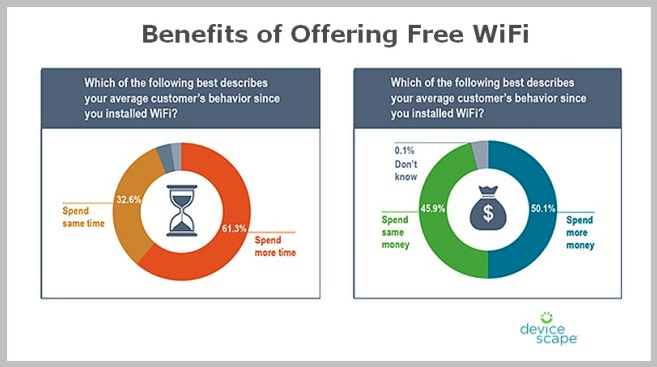

 RSS Feed
RSS Feed